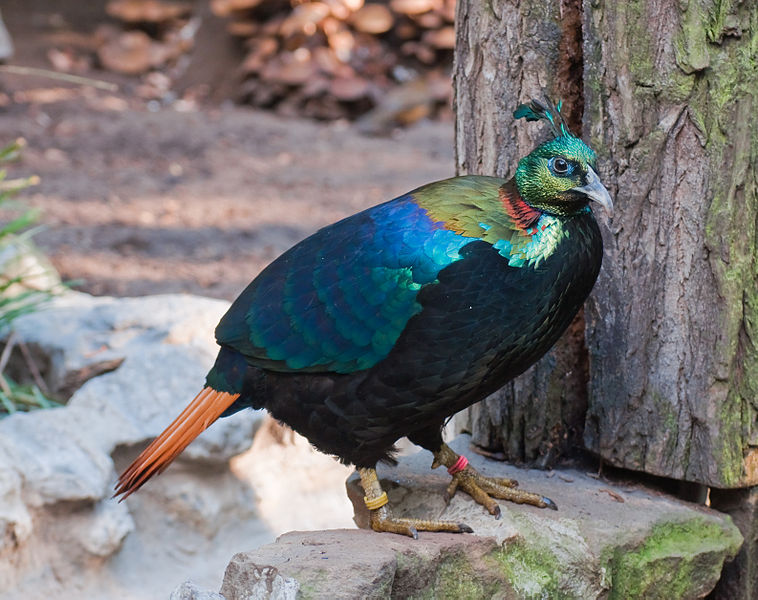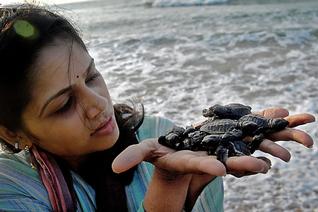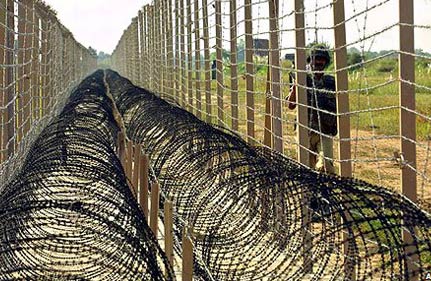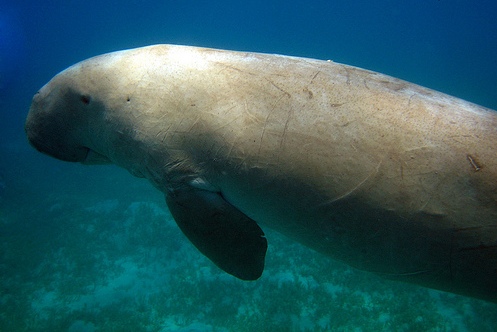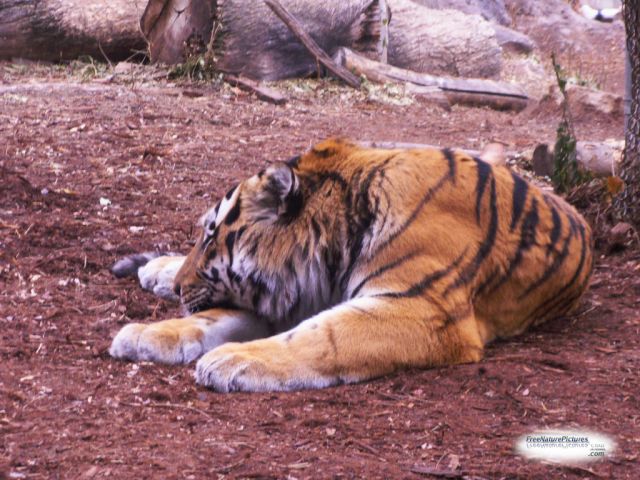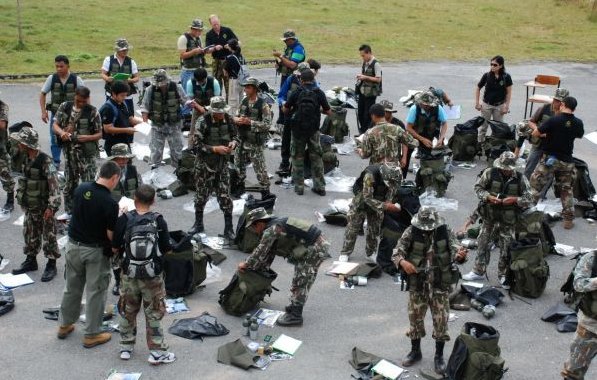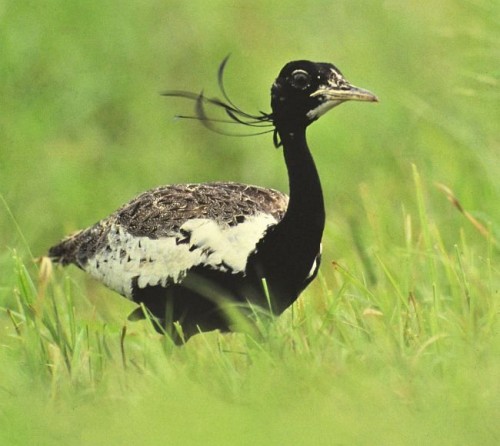The Himalayan Monal, Lophophorus impejanus also known as the Impeyan Monal or Impeyan Pheasant or Danphe is soon to get an advanced breeding centre in Manali after the Central Zoo Authority approved the proposal. The plan pending for a long time will help the state bird of Uttaranchal get greater protection and hopefully help increase […]
VSPCA Saving Endangered Olive Ridley Turtles
Vishakhapatnam a coastal town in Andhra Pradesh was once known for the abundant nesting grounds of Olive Ridley Turtles along its sea coast. But now the town is gradually losing ground due to increased development, poaching and pollution along the coast line. To save the endangered sea turtles and prevent them from extinction, an organisation Visakha Society for Protection and Care of Animals (VSPCA) has taken an active role by its rangers, constantly patrolling the beaches, monitoring nesting sites, eggs and their hatchings. By taking a step further the organisation is involving local villagers, fishermen, in the endeavour by employing and educating them to the cause.
Indo-Pak Border Dividing Animal Homes
The barbed wire fencing marking the Line of Control (LOC) between India and Pakistan has reduced infiltration to a large extent. But what it has also led to is the fragmentation of habitat of many wild animals in the Jammu and Kashmir region sometimes also proving fatal for them when they accidently trip the landmines.
Freshwater Crocodiles back from the brink of Extinction in Manjira River
Manjira river is a tributary of Godavari river that flows in three states of India namely – Karnataka, Andhra Pradesh and Maharashtra. Of late the Manjira River running about 60 km from Hyderabad has seen a surge in freshwater crocodile population nearing 300 in number. This is a direct outcome of the efforts put in by the forest officicers to save the species from becoming extinct as the number had alarmingly fallen to less than 4 pairs in 1974.
Dugongs: The Gentle Sea Cows
The name Dugong probably may not ring a bell to most. Otherwise known as Sea-cow, Dugongs are marine mammals akin to sharks, whales, seals and dolphins. These are harmless underwater animals, big in size and feed only on sea grass, coming on to the surface of water at regular intervals to breathe like whales and Gangetic Dolphins. They spend most of their time feeding on sea grass; because of this, their habitat is restricted to coastal waters of Indo-west –Pacific tropics and ranges across 37 nations. Once found in abundance, today their species are in extreme danger due to uncontrolled mechanized fishing, poaching and habitat loss. Dugongs are categorised as threatened species coming under the IUCN Red list. Quite a few important conservation measures are being undertaken by organisations including Government of India.
Madhya Pradesh without a Wildlife Doctor
What would happen if there was a town full of people but they had no doctor to treat them in case of a health problem? It is the same case with the tigers and other wild animals of Madhya Pradesh. Despite the fact that the state has some of the most important tiger reserves in the country with a population of 257 tigers, an RTI activist claims that there are no specialist wildlife doctors here to treat the wild animals.
Now Find Indian Birds Online
One website developed by Anand-based Foundation and Ecological Security (FES) is opening a window of knowledge for those who wish to know more about birds of India.
Specialised Counter Poaching Training for Asia’s Forest Rangers
In an altogether different kind of offensive, an intense counter poaching operations training is being undertaken by around 50 park rangers of Asia including India in an effort to save and provide security to Asia’s forest reserves. Named ARREST (Asia’s Regional Response to Endangered Species Trafficking), the program is aimed at equipping forest rangers with improved patrolling techniques and law enforcement. The two week long training course, is being funded by the US Government.
UK Experts to Clean Ganga
It is a known fact that the sacred Indian river that helps wash off the sins of thousands every day is itself getting murkier with sewage, animal carcass, and ashes. In order to flush out all the dirt out of Ganga, and breathe life into the aquatic species like the Ganga river dolphin, it is now experts from Berkshire who have been asked to help transform the river just like they transformed the Thames.
Rare Cat Species spotted at Corbett National Park
There was a new member of the cat family spotted at Corbett National Park recently thanks to camera trapping. The cat is slightly smaller than the domestic cat with a grey coat and is an endangered cat species called the rusty spotted cat
Lesser Floricans getting lesser and lesser in India
The Lesser Florican is one of the smallest bustards of the world and bird that prefers to live in grasslands. But latest census by the Wildlife Institute of India (WII) sadly predicts that the birds are losing their home as well as their numbers in the country. From 238 of these birds recorded in 1999 in Gujarat, Rajasthan and Madhya Pradesh the number has dropped to merely 84.

